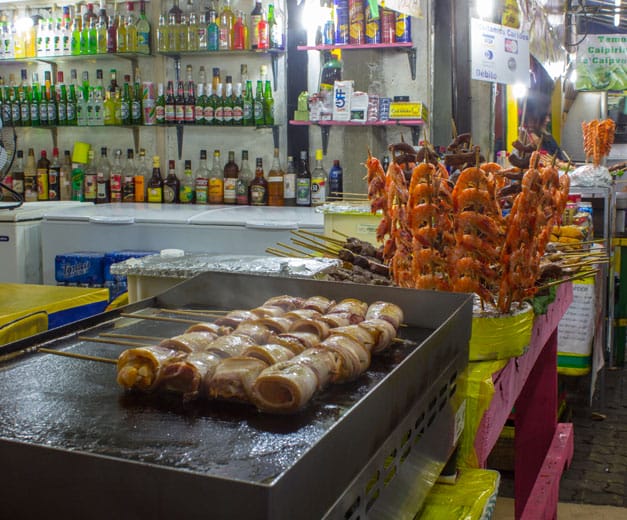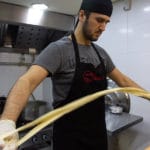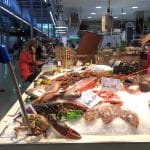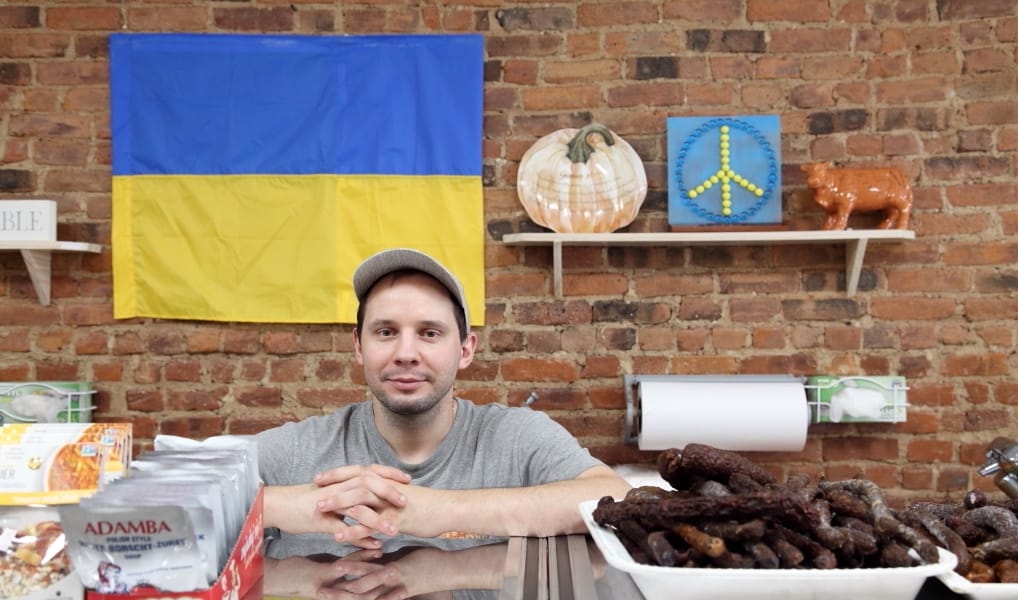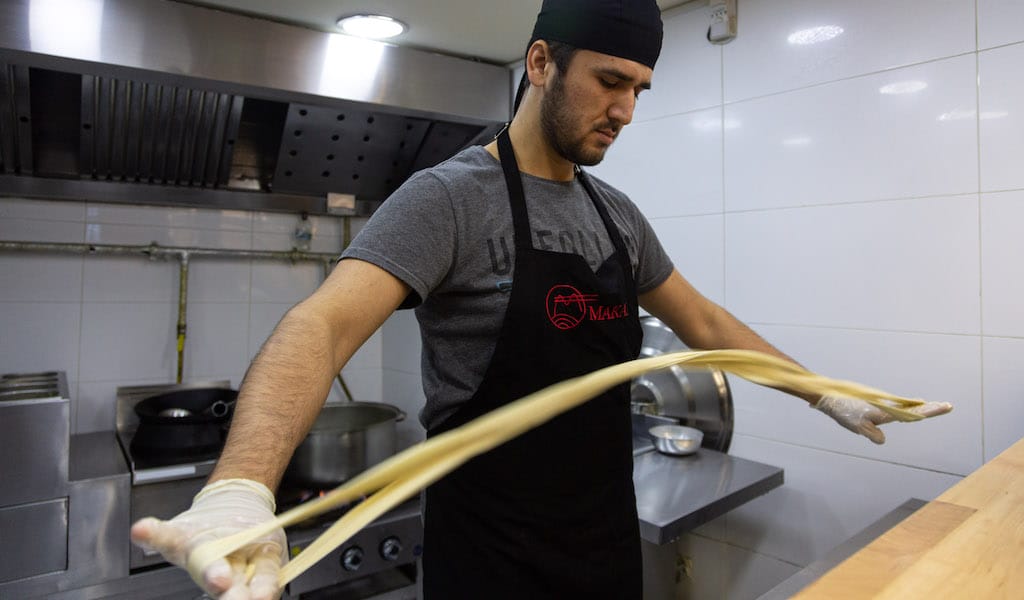Let’s say you have only two or three days in Rio. You want to experience a little real Brazilian culture and don’t want to restrict yourself to the obvious tourist stops, overhyped bars and restaurants or usual “gringo” nightlife spots. Our recommendation? Spend a night or day – or both, even – at Feira de São Cristóvão.
The feira, which means “fair,” is organized by people from the northeast (nordeste), which is the poorest region in the country. That poverty has led millions of northeasterners to migrate to Rio over the last 50 years to seek a better life. And Feira de São Cristóvão is where they express themselves culturally, musically and, last but not least, gastronomically.
The fair takes place every weekend, from Friday afternoon through Sunday night, nonstop. The venue, located in the neighborhood of São Cristóvão, is an enormous old velodrome, now permanently packed with regional food, craft and music stalls.
More than 10,000 people visit the feira every weekend. Most of them are northeastern immigrants, but there are plenty of cariocas and tourists too – and they are undoubtedly there because northeastern culture is surely one of the most fascinating things about Brazil.
Every weekend, at least two big stages and a dozen smaller ones host nonstop performances of forró, a music genre with a magnetic beat – anchored by the insistent ring of the humble triangle – that makes everybody dance all night long. The fair is also the place to buy northeastern handicrafts, all at very reasonable prices. But the main draw, of course, is the food – typical northeastern dishes at stands of every size, all across the venue.
The big stalls operate like real restaurants and offer substantial, cheap and unforgettable meals, most of them made with goat meat or dried beef (the northeast’s famous carne de sol). One especially popular dish is buchada de bode (goat offal), which we highly recommend. Less exotic but equally tasty are the typical combinations of dried meat and pumpkin (jabá com jerimum) and northeastern-style rice and beans, made with sliced bananas and meat (baião de dois).
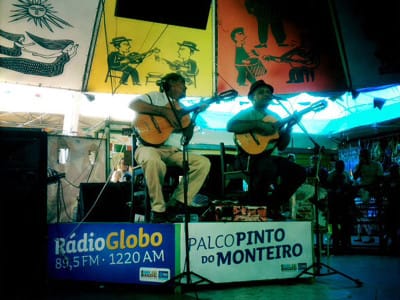 You can find all of those dishes – and much more – at stands like Barracão do Aconchego, Flor do Nordeste, and Maria and Getúlio, which are among the most well known. But really any restaurant you find at the fair will serve you excellent and honest northeastern food.
You can find all of those dishes – and much more – at stands like Barracão do Aconchego, Flor do Nordeste, and Maria and Getúlio, which are among the most well known. But really any restaurant you find at the fair will serve you excellent and honest northeastern food.
The big restaurants are just part of the show. At Feira de São Cristóvão, there are also smaller stands slinging appetizers, beverages and candy, selling such specialties as acarajé, the typical Afro-Brazilian street food of balls made from mashed black-eyed peas and fried in azeite de dendê (palm oil), which is always served by traditionally dressed baianas (Bahian women). We recommend getting the dish with caruru, a thick sauce made from okra, onion, shrimp and toasted nuts.
Once you’re ready for dessert, you can try the coalho cheese, which we love mixed with honey, rapadura candy, made from sugarcane, or cocada candy, made from coconut.
This is all just scratching the surface, however. The northeast is big: It’s composed of nine states, each with its own food and music culture. And accordingly, Feira de São Cristóvão offers seemingly infinite possibilities for exploration. It warrants multiple visits – we recommend going at least a dozen times. However, if you have just a few days in Rio, one visit is okay. But absolutely compulsory.
(top photo by Vinicius Camiza; above photo by Yigal Schleifer)
Published on September 11, 2014
Related stories
September 9, 2022
Queens“Taste of childhood." At Varenyk House, a Ukrainian deli-grocery in Ridgewood, this hand-lettered sign for imported halva – made not from sesame but from sunflower seeds, which are much more widely harvested in Eastern Europe – seemed poignant even when we first saw it, early in 2022. The sentiment has become only more heartfelt since…
September 16, 2020
IstanbulThe bright spots of dandelion yellow and sleek tabletops at Makana in Istanbul’s Beşiktaş district are a far cry from the cozy interiors of the Uighur restaurants dotting the multicultural streets of Zeytinburnu and Çapa. But after one bite of Makana’s dry-fried lagman, we know: Uighur cuisine has arrived in Beşiktaş. The neighborhood needs it.…
July 14, 2015
BarcelonaEl Mercat del Ninot opened way back in 1894, but recent renovations have breathed new life into this L’Eixample market. From time to time, the local government has updated noucentistes (19th-century) municipal markets in Barcelona, keeping the essence of the buildings but bringing them up to speed with current needs and trends. The Mercat de…







































